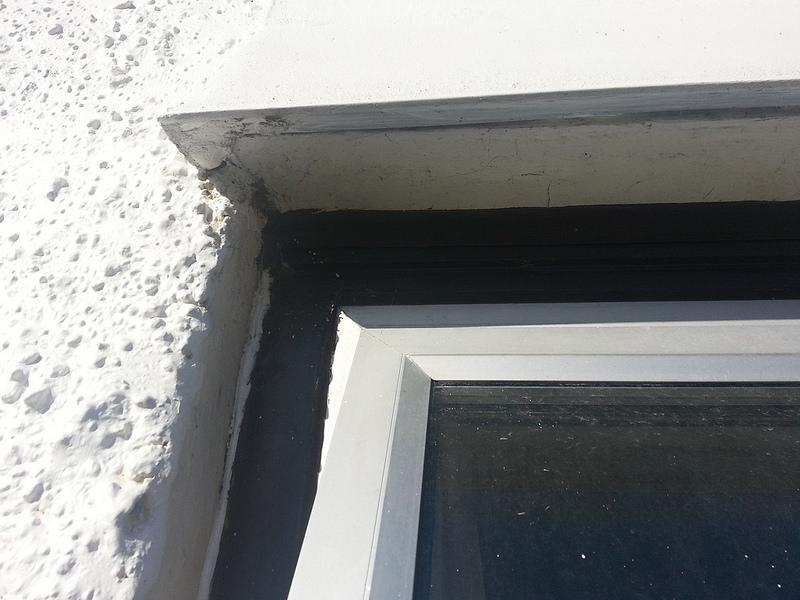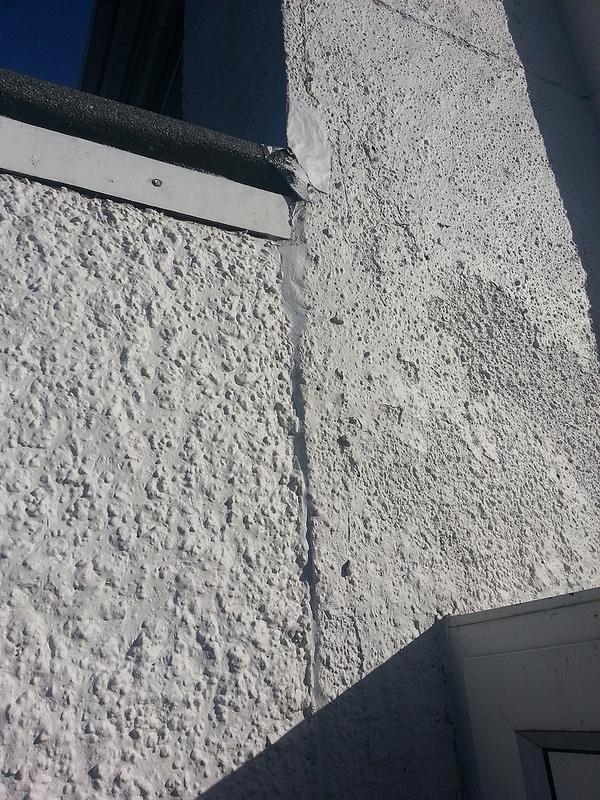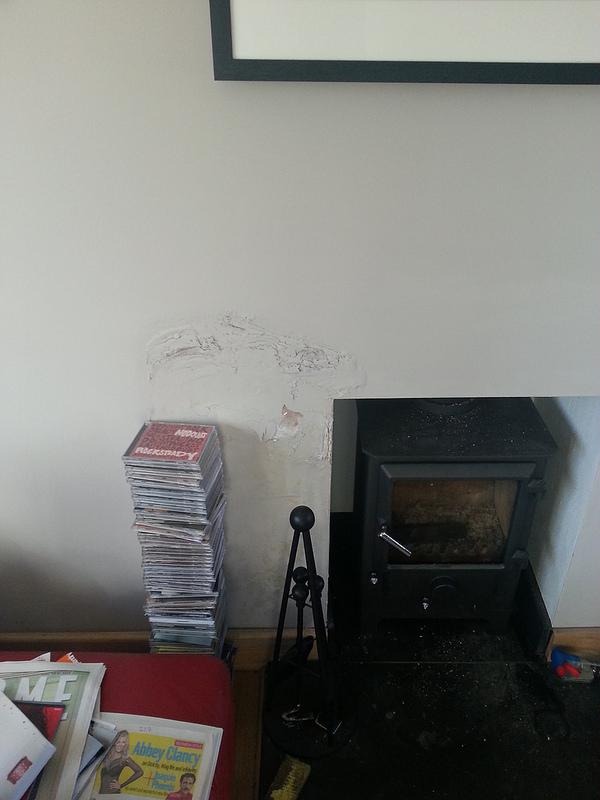Hi All, appologies as I did not expect to see so many people with damp problems on this forum. So this may be just adding to the list. But I am looking for recommendations who to get in to fix my damp problems ideally one person for all of them.
A quick history, is that we have lived in the house a little over a year, its a 1947 (so built just after the war when bits were scarce), and has recently been cavity wall insulated (Bad idea in hindsight).
When we moved in to get the house liveable we spent alot of time and money getting plastering, floors painting done, but now are realising there are funamental problems causing damp plaster and flaking paint EVERYWHERE. So really need to get these fixed before getting the next rooms done.
My problem is that we are seeing serious damp problems, with each job looking expensive, so we need to get things priced up to get them sorted, but don't know who to ask.
There are 3 main problem areas:
Window frames:
Should a window frame have flashing or something simular? You can see on the pic of a room that hasnt been plastered, that its just window frame on brick.
Looks like its sealed ok from the outside, but is getting quite wet when it rains.
Outside
Inside result
Should it be like this, different room without plaster?
Should there be some type of flashing between windowframe and brick?
This is happening on 9/10 windows in the house, so what are my options here?
Problem 2, Living room extension:
Next problem is that in the living room, there is a small extension with a flat roof and I believe a single skin wall, and water is penetrating where the new wall is build onto the house, can I get some type of membrane for the outside of the wall??:
Causing this mess:
Options? I was quoted £12000 to rerender the house, but dont think this will solve much other than maybe this Joining wall problem, which is expensive. If it will fix this and the window problem, then is worth swallowing the cost and looking into.
Final problem, Chimney, has an external stack, pots are not cracked and render on chimney at top is ok, and I have painted on water proof breathable paint, but when it rains I still see water coming down the chimney, comes down onto the hearth, and hence I get damp walls both upstairs in the bedroom above and where it runs down the lintel downstairs, this looks terrible:
Each one of these are big problems on there own, I need to get them all sorted but could use advice as to who to get. A general builder? Damp specialist? Window fitter? I had a damp 'expert' tell me to seal the inside wall with a membrane to fix fireplace (which would just hide the problem surely).
Do I need all new windows? Or just take windows out, get flashing on there and reinstall?
I live in the South West (Forest of dean) in case anyone can recommend somebody. specific?
Sorry for the ramble, I can take more pics if needed.
A quick history, is that we have lived in the house a little over a year, its a 1947 (so built just after the war when bits were scarce), and has recently been cavity wall insulated (Bad idea in hindsight).
When we moved in to get the house liveable we spent alot of time and money getting plastering, floors painting done, but now are realising there are funamental problems causing damp plaster and flaking paint EVERYWHERE. So really need to get these fixed before getting the next rooms done.
My problem is that we are seeing serious damp problems, with each job looking expensive, so we need to get things priced up to get them sorted, but don't know who to ask.
There are 3 main problem areas:
Window frames:
Should a window frame have flashing or something simular? You can see on the pic of a room that hasnt been plastered, that its just window frame on brick.
Looks like its sealed ok from the outside, but is getting quite wet when it rains.
Outside
Inside result
Should it be like this, different room without plaster?
Should there be some type of flashing between windowframe and brick?
This is happening on 9/10 windows in the house, so what are my options here?
Problem 2, Living room extension:
Next problem is that in the living room, there is a small extension with a flat roof and I believe a single skin wall, and water is penetrating where the new wall is build onto the house, can I get some type of membrane for the outside of the wall??:
Causing this mess:
Options? I was quoted £12000 to rerender the house, but dont think this will solve much other than maybe this Joining wall problem, which is expensive. If it will fix this and the window problem, then is worth swallowing the cost and looking into.
Final problem, Chimney, has an external stack, pots are not cracked and render on chimney at top is ok, and I have painted on water proof breathable paint, but when it rains I still see water coming down the chimney, comes down onto the hearth, and hence I get damp walls both upstairs in the bedroom above and where it runs down the lintel downstairs, this looks terrible:
Each one of these are big problems on there own, I need to get them all sorted but could use advice as to who to get. A general builder? Damp specialist? Window fitter? I had a damp 'expert' tell me to seal the inside wall with a membrane to fix fireplace (which would just hide the problem surely).
Do I need all new windows? Or just take windows out, get flashing on there and reinstall?
I live in the South West (Forest of dean) in case anyone can recommend somebody. specific?
Sorry for the ramble, I can take more pics if needed.







